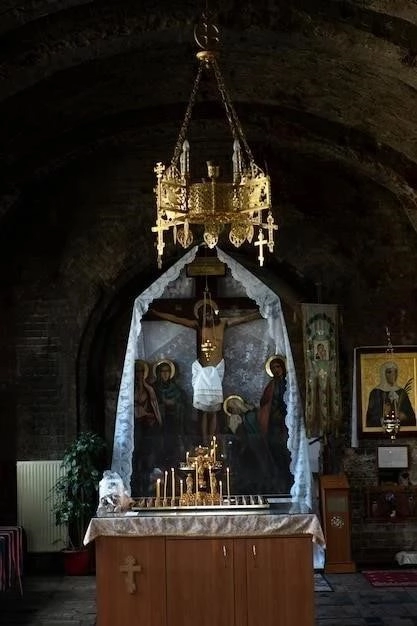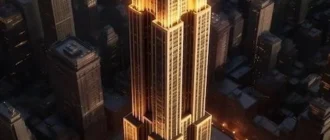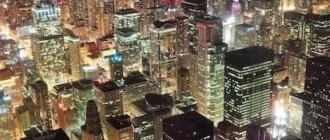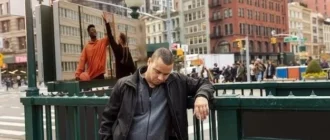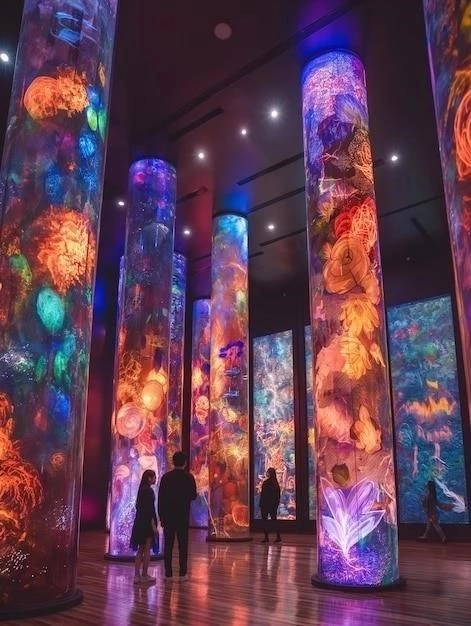This bustling metropolis, often dubbed the “concrete jungle,” boasts a surprising and vital network of green spaces. From the iconic expanse of Central Park to the numerous smaller parks dotting each borough, New York City’s parks and gardens offer respite, recreation, and a connection to nature for residents and visitors alike.
A History of Green Spaces in New York City
The history of green spaces in New York City is a fascinating narrative interwoven with the city’s evolution from a modest colonial settlement to a global metropolis. In the city’s early days, green spaces were not planned amenities but rather leftover spaces deemed unsuitable for development. The Dutch settlers of New Amsterdam, focused on commerce, did establish Battery Park at the southern tip of Manhattan, initially as a fortification but later a site for public gatherings.
As the city grew, the need for dedicated green spaces became increasingly apparent. In 1853, the city acquired more than 700 acres of land for the creation of Central Park, a landmark event in the history of urban park planning. This ambitious project, spearheaded by Frederick Law Olmsted and Calvert Vaux, introduced a revolutionary design philosophy that embraced naturalistic landscapes and provided a respite from the burgeoning city’s relentless grid system.
The success of Central Park spurred the development of other significant parks in the late 19th and early 20th centuries, including Prospect Park in Brooklyn, designed by the same duo behind Central Park, and Van Cortlandt Park in the Bronx. These large parks, inspired by the “Emerald Necklace” concept, were envisioned as interconnected green spaces providing recreational opportunities and enhancing the city’s overall livability.
The 20th century witnessed a shift toward neighborhood parks, smaller in scale but vital in addressing the needs of a rapidly growing and increasingly dense urban population. Parks Commissioner Robert Moses played a pivotal role in this era, overseeing the creation of playgrounds, ballfields, and community gardens throughout the city. This period also saw the transformation of neglected waterfront areas, such as the creation of Riverside Park along the Hudson River.
NYC Parks: An Overview and Significance
New York City’s park system is a sprawling testament to the city’s commitment to providing green spaces amidst its urban density. Overseen by the New York City Department of Parks and Recreation, the system encompasses over 28,000 acres of municipal parkland, a collection of diverse landscapes ranging from sprawling meadows and wooded areas to meticulously designed gardens, playgrounds, and athletic fields.
The significance of NYC Parks extends far beyond their aesthetic appeal. These green spaces play a critical role in enhancing the city’s livability, offering numerous benefits to both residents and visitors. They serve as essential “green lungs,” mitigating air pollution and reducing the urban heat island effect. Parks provide opportunities for physical activity and recreation, contributing to the health and well-being of New Yorkers.
Beyond their environmental and health benefits, NYC Parks are vital social spaces, fostering community engagement and a sense of place. They host countless events, festivals, and cultural programs, bringing people together from all walks of life. From the iconic Sheep Meadow in Central Park to the vibrant community gardens in the Bronx, these green spaces reflect the city’s diversity and provide a platform for shared experiences.
The preservation and enhancement of NYC Parks are crucial for the well-being of current and future generations. These green spaces are essential components of the city’s infrastructure, contributing to its environmental sustainability, public health, and overall quality of life. As New York City continues to evolve, its parks and gardens will remain vital oases, providing respite, recreation, and a connection to the natural world in the heart of a bustling metropolis.
Central Park: The Emerald Heart of Manhattan
Nestled amidst the towering skyscrapers of Manhattan, Central Park stands as a verdant masterpiece, a testament to visionary urban planning and a sanctuary for millions seeking respite from the city’s relentless pace. Spanning 843 acres, it is a meticulously designed landscape of rolling meadows, serene lakes, wooded paths, and iconic landmarks, attracting over 42 million visitors annually.
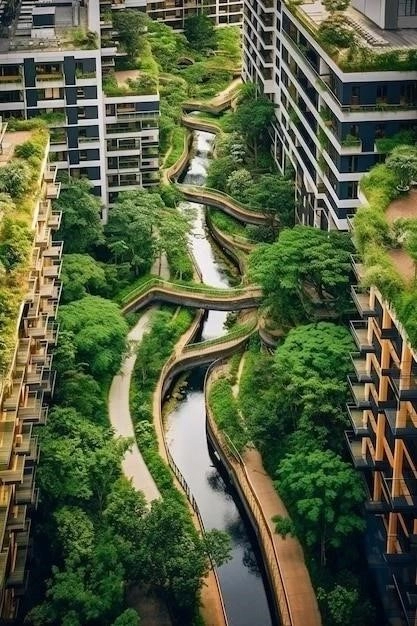
Conceived by Frederick Law Olmsted and Calvert Vaux in the mid-19th century, Central Park was a radical departure from the grid-like structure of the city, offering a naturalistic escape within a bustling metropolis. Its design masterfully incorporates a variety of landscapes, from the open expanse of Sheep Meadow to the tranquil Ramble, a wooded area reminiscent of a wild forest.
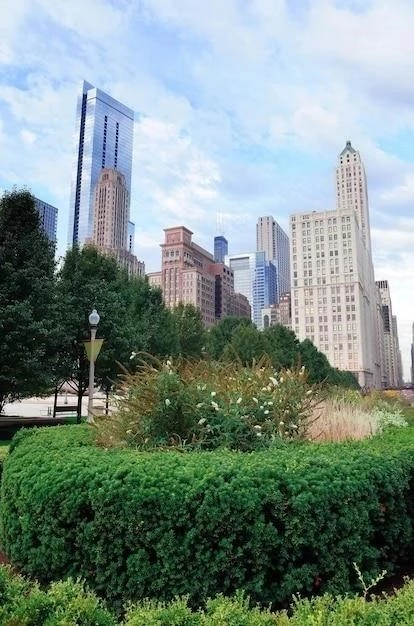
Beyond its aesthetic beauty, Central Park serves as Manhattan’s communal backyard, a vibrant hub for recreation, culture, and social interaction. Joggers circle the Reservoir, cyclists navigate its winding paths, and families picnic on the Great Lawn, their laughter echoing amidst the skyscrapers. The park comes alive with performances at the Delacorte Theater, concerts at the SummerStage, and countless other events throughout the year.
Central Park’s significance extends far beyond its physical boundaries. It is a symbol of New York City’s resilience and ambition, a testament to the power of urban planning to create a harmonious balance between nature and the built environment. As the city continues to evolve, Central Park remains an enduring legacy, its emerald embrace offering solace, inspiration, and a vital connection to the natural world in the heart of Manhattan.
Beyond Manhattan: Exploring the Boroughs’ Parks
While Central Park often takes center stage, New York City’s verdant tapestry extends far beyond the borders of Manhattan, with each borough boasting its own unique collection of parks and green spaces. These often-overlooked gems offer a diverse array of recreational opportunities, cultural experiences, and tranquil escapes from the urban bustle.
In Brooklyn, Prospect Park stands as a masterpiece of landscape architecture, rivaling Central Park in its beauty and grandeur. Designed by Olmsted and Vaux, this 526-acre park features sprawling meadows, a picturesque lake, and the Brooklyn Botanic Garden, a world-renowned horticultural oasis.
Queens boasts the vast expanse of Flushing Meadows Corona Park, home to iconic structures from the 1939 and 1964 World’s Fairs, as well as the Queens Botanical Garden and the Queens Museum. The Bronx is home to the New York Botanical Garden, a National Historic Landmark showcasing over one million plants, and Pelham Bay Park, a sprawling waterfront park three times larger than Central Park.
Staten Island offers a respite from the city’s hustle with the Greenbelt, a network of trails winding through forests, wetlands, and parks, including the historic Conference House Park. From community gardens to waterfront promenades, the boroughs’ parks provide a multitude of ways to connect with nature, experience local culture, and enjoy the outdoors without leaving the city limits.
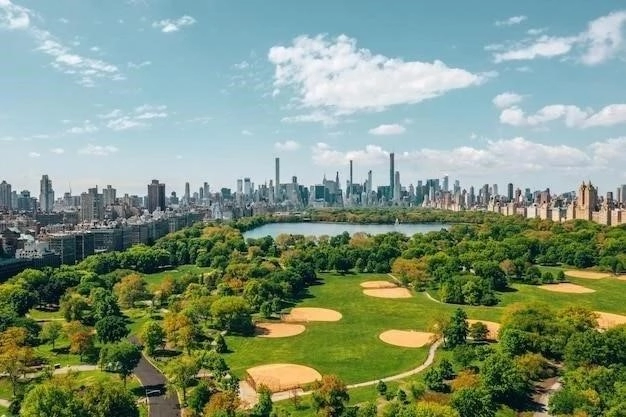
Sustainability and Community Engagement in NYC Parks
Sustainability and community engagement are paramount to the ongoing care and vitality of New York City’s parks and gardens. The city has implemented numerous initiatives to address environmental concerns and foster a sense of shared responsibility for these valuable green spaces.
NYC Parks has adopted sustainable practices to reduce its ecological footprint, including composting programs, the use of organic fertilizers and pesticides, and the implementation of water conservation measures. The MillionTreesNYC initiative, launched in 2007, has planted over one million trees across the five boroughs, enhancing air quality, reducing stormwater runoff, and beautifying neighborhoods.
Community engagement is deeply ingrained in the fabric of NYC Parks. Thousands of volunteers dedicate their time and effort to maintaining gardens, cleaning up parks, and leading educational programs. Community gardens, often found on vacant lots, provide residents with opportunities to grow their own food, build relationships, and enhance their neighborhoods.
The NYC Parks GreenThumb program supports over 550 community gardens across the city, providing resources, workshops, and technical assistance to empower residents to become stewards of their local green spaces. These collaborative efforts highlight the profound connection between New Yorkers and their parks, ensuring these vital resources thrive for generations to come.
The Future of Green Spaces in New York City
As New York City confronts the challenges of a rapidly changing world, the future of its green spaces is both promising and demanding. The city’s commitment to expanding and enhancing its parks and gardens reflects an understanding of their vital role in enhancing livability, resilience, and overall well-being.
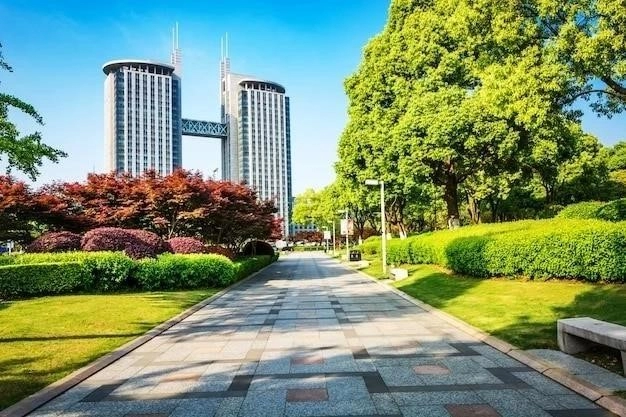
One significant trend is the development of innovative park designs that integrate seamlessly with the urban fabric. The High Line, a renowned elevated park built on a former freight rail line, exemplifies this approach, transforming an industrial relic into a vibrant public space. Similarly, the ongoing transformation of Governors Island into a year-round destination for recreation, arts, and education showcases the city’s commitment to reimagining underutilized spaces.
Climate change poses significant challenges to the city’s green infrastructure. NYC Parks is actively engaged in efforts to enhance the resilience of its parks, incorporating sustainable design principles, expanding green roofs and walls, and implementing measures to mitigate the impacts of extreme weather events.
The future of New York City’s green spaces hinges on continued investment, innovative planning, and robust community engagement. As the city evolves, its parks and gardens will continue to provide essential ecological, social, and economic benefits, ensuring that New Yorkers have access to the restorative power of nature for generations to come.



